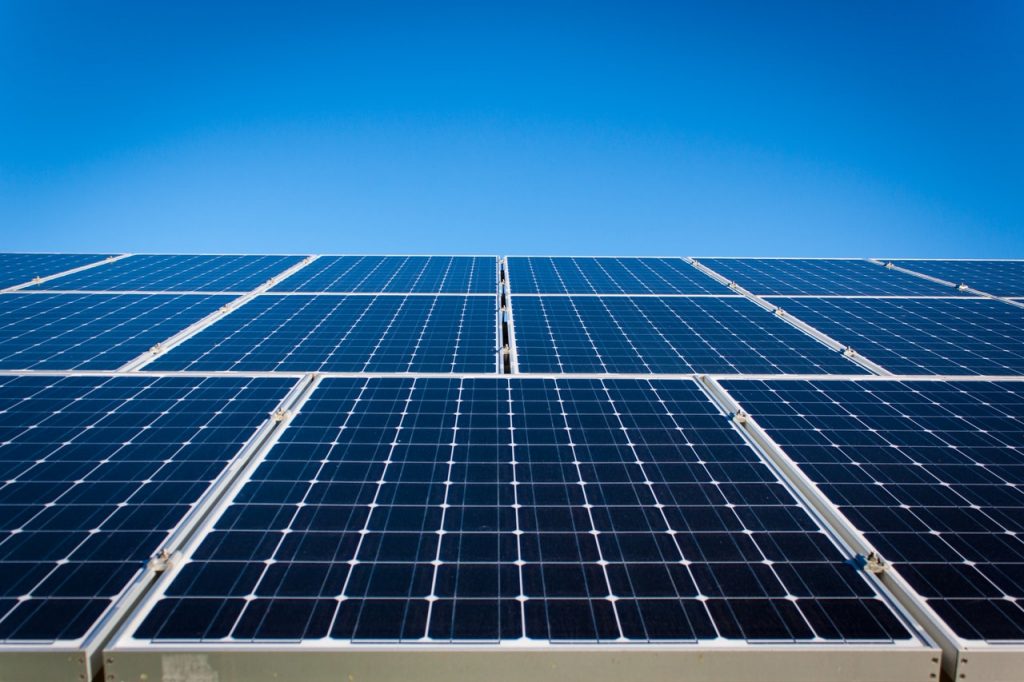The manifestations of the negative effects of fossil fuel on the environment have been ubiquitous in recent times.
An increase in demand for energy in the face of rapid global industrialization cannot be neglected. Considering the fact that most of the global industries rely on fossil fuel to power their machines, most countries around the globe have begun to have second thoughts on how to meet the increasing energy demand without distorting the ecosystem.
This is even more critical especially at a time where the world is seeking to achieve a better and more sustainable future for all which has culminated in the formulation of the famous Sustainable Development Goals (SDGs).

It is therefore of no surprise that renewable energy sources are becoming more relevant with the passing of each day. Solar energy is one of the best renewable energy sources with the least negative impacts on the environment.
The prevailing phenomenon of urbanization and industrialization has led to an increasing demand for energy across the globe. At a period when the world is seeking to develop sustainably, the destruction of the environment seems to be the last thing on the minds of everyone.
Within the energy sector, “clean energy” has become the new song being sung by everyone. A new age has dawned upon us. The concept of “Renewable energy” is gaining more prominence as it has become the preamble of most energy summits in recent times.
In the face of these developments, solar energy is becoming more economically attractive considering the rising costs of traditional energy sources.
Renewables Data
According to the renewables global status report, the global solar photovoltaic (PV) installed capacity reached 402 GW at the end of 2017. This pattern is expected to continue as global installed solar capacity is expected to increase by 20 to 40 times in the next decade.

Source: Irfan et al, 2019
The need for solar power is even more crucial in the developing world including Ghana. The International Energy Agency (IEA), estimates that more than one-third of household expenses is reserved for the costs of fuel in many countries in Sub-Saharan Africa. The foregoing suggests that the global paradigm shift in energy will go a long way to help countries of the developing world including Ghana.
It is, therefore, no charade that the Eight Hundred and Thirty-Second ACT of the Parliament of the Republic of Ghana explicitly focuses on renewable energy. Ghana’s solar energy potential is very evident as the entire country has frequent access to sunlight.
Daily solar irradiation level ranges from 4 kWh/m2 to 6 kWh/m2 with an annual sunshine duration ranges between 1800 to 3000 hours per annum which offers a high potential for grid connection (Source: Energy Commission).

Source: Energy Commission, 2011
The figure shows average solar radiation of 5.1 kWh/m2 which is far higher than the average solar radiation of 1.36 kWh/m2 arriving at the top of the Earth’s atmosphere. The high amount of solar radiation implies that the country has a huge potential for solar energy generation and could be used to power a large part of the country.
Challenges Facing Solar Power
Notwithstanding the numerous advantages that comes with the shift to solar power, this new age also presents itself with a myriad of problems. Certain barriers looming large on the horizon must, therefore, be overcome to utilize this technology efficiently and effectively.
Here’s a look at some of the peculiar challenges faces the solar power sector.
Financial Barriers

Solar energy projects are capital intensive and require huge capital outlay. The high initial costs involved in starting up solar energy projects deters a lot of countries and organizations from shifting to this renewable energy source. Furthermore, characterized by long payback periods, financial institutions are not encouraged to fund solar energy projects considering the fact that most financial institutions are profit-oriented and only seek to aggrandize themselves at the expense of offering genuine aid.
This problem is further complicated by the fact that the market potential of solar power is obscure to financial institutions.
The Problem of Expertise

As an upcoming trend, most solar energy projects rely on foreign technology for key parts and equipment. This predicament makes it extremely difficult for most developing countries to undertake solar energy projects. The problem becomes even unbearable when expatriates are needed to install and operate large solar energy projects.
Information Barrier

One can also make mention of information barriers especially in developing countries where a larger proportion of the population have limited knowledge about modern solar technology.
There is also the issue of social acceptance and participation. People have become more acquainted with the traditional energy sources and are therefore finding it difficult to adapt to the global paradigm shift in energy. Solar energy projects are therefore often greeted with public opprobrium making it a hurdle to implement most solar energy projects.
Intermittent nature of electricity

Power generation may be uncertain as the generation of solar power largely depends on solar radiation. Areas with low solar radiation may therefore have insufficient power supply thereby experiencing frequent power outages. It may alsl be affected by bad weather
Players In The Game

The birth of the solar energy sector has also brought forth a divert set of players including the manufacturers of silicon wafers, components and panels used to generate much of today’s solar power. One can also make mention of the panel installers who mount small scale units on individual roofs, as well as other operators who have set up large solar collection systems in arid areas. Some of the early “Big guns” who have helped to direct the sector’s scale, direction and performance include Dow corning, REC Solar, Q-Cells and Sunpower.
Fueled by an ever-increasing flow of new equity, innovative new competitors are entering the sector. In the face of such competition, cost of solar power generation has reduced in recent years as processes involved in manufacturing solar cells has improved. It has been predicted that solar energy’s unsubsidized cost to end-users would just be the same as that of conventional electricity.
Article written by Samuel Odom

Samuel is a recent graduate of Kwame Nkrumah I studied urban planning. I am interested in wide range of issues related to the development of towns and cities.










